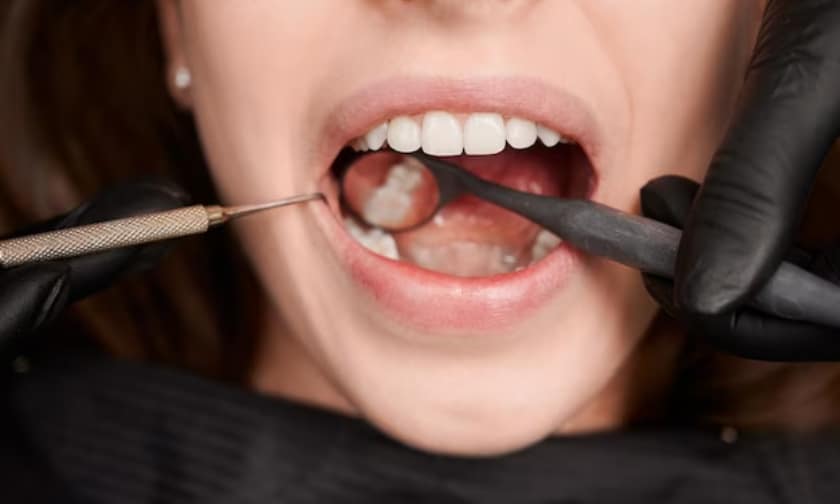
Are Dental Sealants Safe?
Dental sealants are a type of preventive dental treatment used to protect teeth from decay. They are made of a thin, plastic material that is applied to the chewing surfaces of the back teeth, where decay is most likely to occur. The sealant forms a barrier that helps to prevent food particles and bacteria from getting trapped in the crevices and fissures of the teeth, which can lead to decay.
While dental sealants are a common and widely accepted treatment, many people are still curious about their safety. In this article, we will explore the safety of dental sealants and address some common questions and concerns.
What Are Dental Sealants Made Of?
- Composition of Dental Sealants
Dental sealants are made of a plastic material that is applied to the surface of the teeth. The plastic material used in dental sealants is typically a type of resin, such as Bisphenol A-glycidyl methacrylate (Bis-GMA) or urethane dimethacrylate (UDMA).
- BPA in Dental Sealants
One concern that some people have about dental sealants is the presence of Bisphenol A (BPA), a chemical that has been linked to health issues in some studies. However, the amount of BPA in dental sealants is very small, and the American Dental Association (ADA) states that the level of BPA exposure from dental sealants is far below the safe limit established by the U.S. Environmental Protection Agency (EPA).
- Other Components in Dental Sealants
In addition to the plastic material, dental sealants may contain other components, such as fluoride, to enhance their protective properties. Some sealants also contain colorants or other additives to improve their appearance or application.
Are Dental Sealants Safe for Children?
- Age Recommendations for Dental Sealants
Dental sealants are most commonly recommended for children and teenagers, as they are at higher risk for tooth decay due to their developing teeth and dietary habits. The ADA recommends that children receive dental sealants as soon as their permanent molars come in, usually between the ages of 6 and 12.
- Safety of Dental Sealants for Children
Dental sealants are considered safe for children and teenagers, and there are no significant risks associated with their use. In fact, dental sealants are one of the most effective ways to prevent tooth decay in children, and they have been shown to reduce the risk of cavities by up to 80%.
- Potential Side Effects of Dental Sealants
While dental sealants are generally safe, some people may experience minor side effects, such as sensitivity or irritation of the teeth or gums. These side effects are usually temporary and can be easily managed with over-the-counter pain relievers or by adjusting the sealant placement.
How Long Do Dental Sealants Last?
- The lifespan of Dental Sealants
Dental sealants can last for several years, with an average lifespan of around 5 to 10 years. The exact lifespan of a sealant will depend on a variety of factors, such as the quality of the sealant material, the placement technique, and the patient’s oral hygiene habits.
- Maintaining and Replacing Dental Sealants
This section can provide information on how to properly care for dental sealants and when they may need to be replaced. It can also discuss the importance of regular dental check-ups to monitor the condition of the sealants and ensure they are functioning effectively.